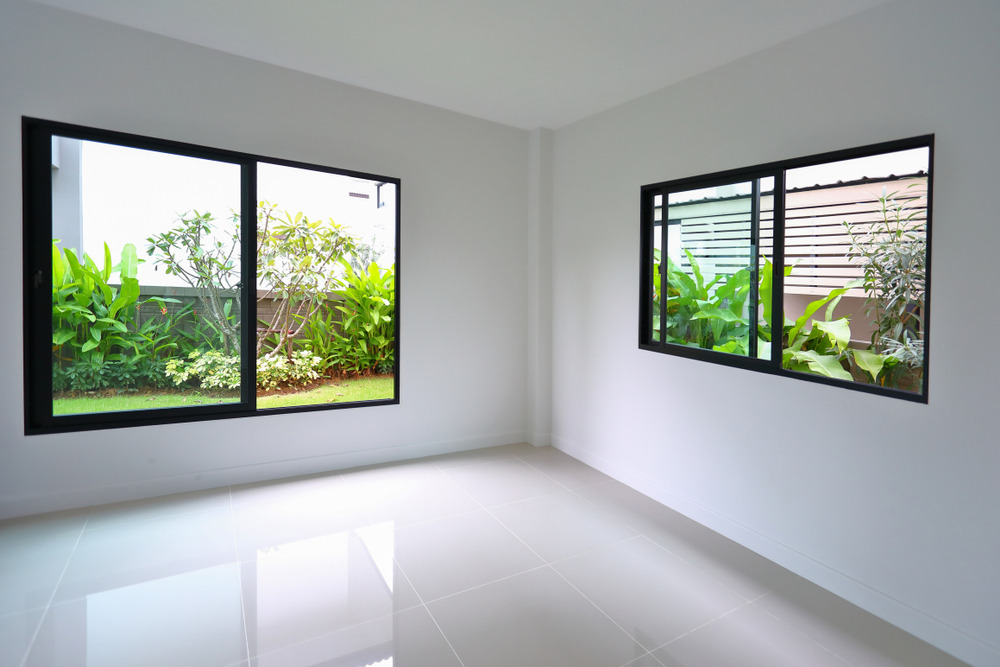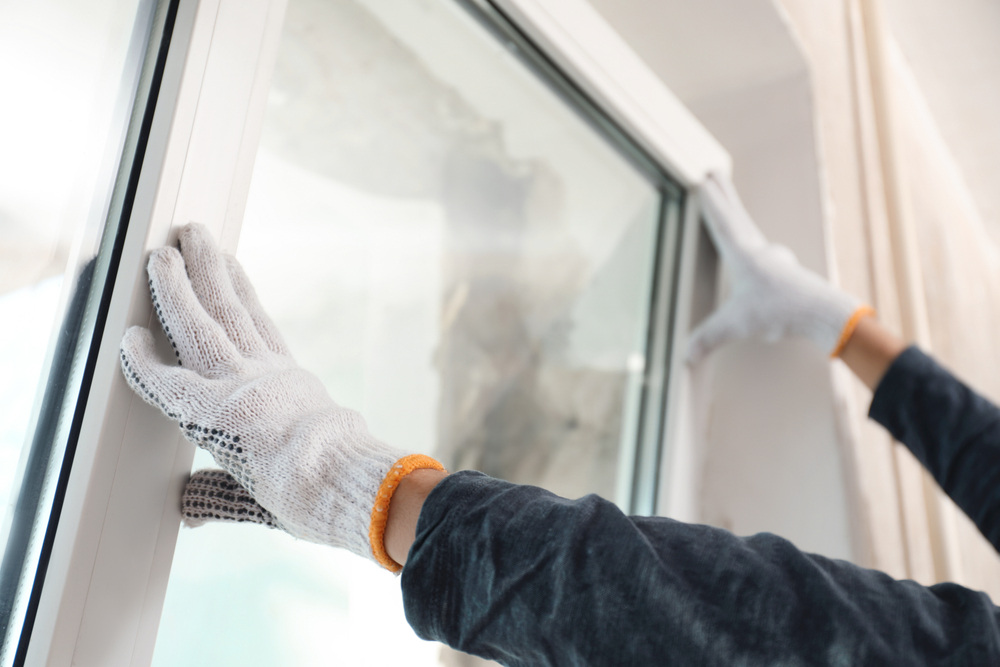
Understanding Energy Performance Ratings for Replacement Windows
California homeowners shopping for replacement windows must consider energy efficiency. In fact, energy efficiency has become a vital feature, one of the essential qualities California buyers want from their new house windows. However, if you are not familiar with replacement windows’ characteristics, it is not easy to tell how energy efficient a window will be by just looking at it. What makes one set of windows more energy-efficient than another?
With so much focus on energy-efficient replacement windows nowadays, the National Fenestration Rating Council (NFRC) has designed an energy-performance label to help homeowners and contractors more easily choose windows that will meet their needs. Because climates in different regions of the United States vary so widely, looking at this NFRC label can help ensure that your new windows will perform as you would like them to in your climate. Below, we look at the most common ratings found on an NFRC label to help you better understand the overall performance of the windows you’re considering.
The Four Ratings on an NRFC Label
The four main ratings found on an NFRC label are U-Factor, Solar Heat Gain Coefficient (SHGC), Visible Transmittance (VT), and Air Leakage (AL).
- U-Factor – This rating measures heat loss, or how well a window will prevent interior heat from escaping a home. The U-Factor for a replacement window ranges from 0.20 to 1.20. Windows that feature a lower U-Factor score are better at keeping heat inside.
- Solar Heat Gain Coefficient – This rating measures heat gain, or how well a window will prevent exterior heat from entering a home. The SHGC ranges from zero to one, with a lower score meaning less heat will enter the house.
- Visibility Transmittance – This rating measures how much daylight will be able to pass through a window’s glass and is contingent on factors such as Low-E coatings, tints, colored glass, etc. The VT measures between zero and one, with a higher score meaning that more natural light will be able to pass through your windows.
- Air Leakage – This rating measures how much air will enter a home through the window. The AL value ranges from 0.1 to 0.3, with a lower score meaning that your home is more airtight and thus more energy efficient.
Ultimately, when it comes to analyzing the energy performance ratings of replacement windows, you should look for U-Factor score, Solar Heat Gain Coefficient score, and Air Leakage ratings that are lower, and Visibility Transmittance ratings that are higher.
Why You Should Choose Replacement Windows with a Good NRFC Rating
Most window companies like to advertise the energy-efficient benefits of their replacement windows, which can make it challenging to differentiate between the various options you come across. The NRFC rating can help you compare and contrast your window options more easily to determine just how energy efficient each one is. This rating can also help you better identify which replacement windows suit your unique climate.
Energy-efficient replacement windows can help reduce your energy costs month after month, resulting in significant energy savings in the long term. When you choose replacement windows with a good NRFC rating, you can be confident in the energy efficiency benefits that you can expect from your new windows. Energy-saving replacement windows will contribute to a more comfortable and consistent indoor temperature, which can help reduce strain on your HVAC system on hot summer days or frigid winter nights.
Learn More About Our Energy-Efficient Replacement Windows
At Veracity Window and Door, we proudly install Infinity from Marvin, the most energy-efficient window replacement product in the market today that suits the needs of homeowners throughout Southern California. To learn more about what to consider when purchasing replacement windows, click here or give a call to Veracity Window and Door at (951) 846-6256.




